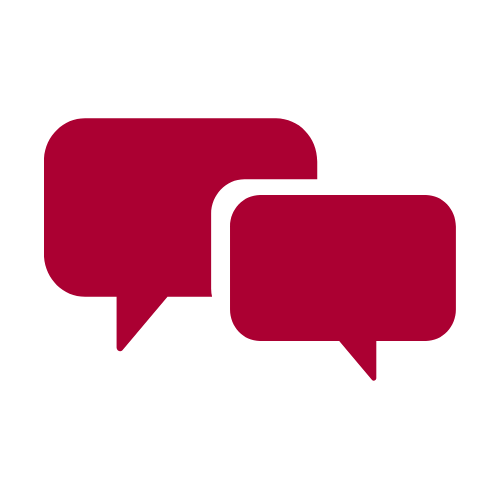
Grants, Scholarships, and Student Loans are all common ways that students pay for and fund education. Each has its own benefits and drawbacks, and so as you plan out paying for college, it is a good idea to consider what mix works best for you. Check out the tab on the left to learn more about Grants, Loans, Scholarships and more.
If you need financial aid, the first place you will want to turn is your university. They will have information about tuition costs, financial aid dates, and forms that needed to be completed. Federal financial aid usually has the lowest interest rates, however, there is only a limited amount of assistance you can receive. Because of this, you want to apply early to secure your financial aid.
A student loan is a type of loan designed to help students pay for post-secondary education and the associated fees, such as tuition, books and supplies, and living expenses.
Opt for federal loans before private ones as they often have lower interest rates
Get federal loans first by completing FASFA
Only take a private loan after maxing out federal aid
There are two types of federal loans:
Subsidized: the government pays the interest while you are in school and throughout a grace period. This makes them a much better deal!
Unsubsidized: You start collecting interest on your loans the moment you take them out.
Learn more about the distinction at Federal Student Aid.
Borrow only what you need
You'll pay interest and fees on the loan
If you continue schooling, you can pause payments, but double check to see if interest builds or is paused
Like loans, grants are often given out by the federal government, and you can receive them by filling out the FAFSA.
Grants are based upon financial need, and so long as you meet specific eligibility criteria, you do not have to pay them back.
Like grants, scholarships are money for school that you don’t have to pay back (although they do often require that you meet certain criteria)
Scholarships can come from a WIDE array of different sources: organizations, schools, individuals, companies, etc. and as a result, they have a broad array of application processes, requirements, and award amounts.
Need: Scholarship committees will prioritize giving scholarships to the students who demonstrate the most financial need
Merit: Scholarships will be administered to students who demonstrate the best academic merit, or who can demonstrate they do well in their classes
Special interest or identity: A lot of scholarships are given out to students based upon their interests or relationship to a certain identity. For example, there are scholarships for former eagle scouts, for students who want to study public health, and for students who don’t speak English as a first language.
Finally, scholarships may be awarded based upon a mix of the above
When applying for scholarships, make sure that you understand the organization, individual or institution that is awarding the scholarship. In order to receive a scholarship from them, you need to demonstrate in your application why you are the best fit given their reasons for awarding a scholarship.
Many scholarships also require that you have a FAFSA filled out.
Offers 300+ scholarships to CWU students. You'd be surprised at how few people submit applications!
Individuals who are employed by a U.S. federal, state, local, or tribal government or not-for-profit organization, may be eligible for the Public Service Loan Forgiveness Program. This program forgives the remaining balance on your direct loans after you have made 120 qualifying monthly payments while working full-time for a qualifying employer. So, that means that you cannot have your loans forgiven immediately. If you make a payment every month for 10 years, you are able to apply for the program.
Qualification Requirments:
